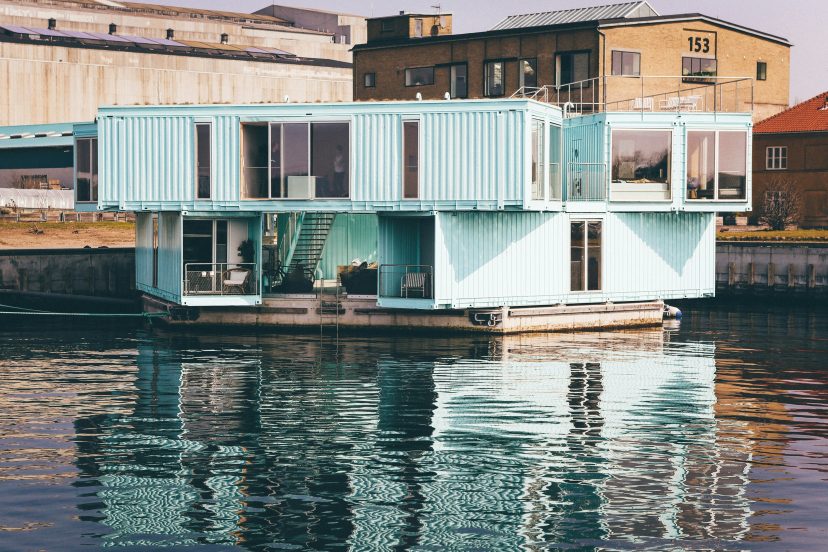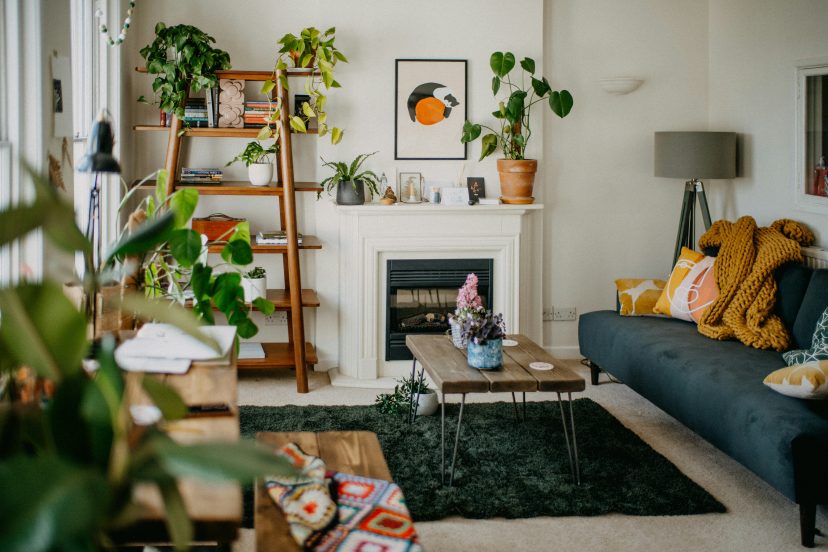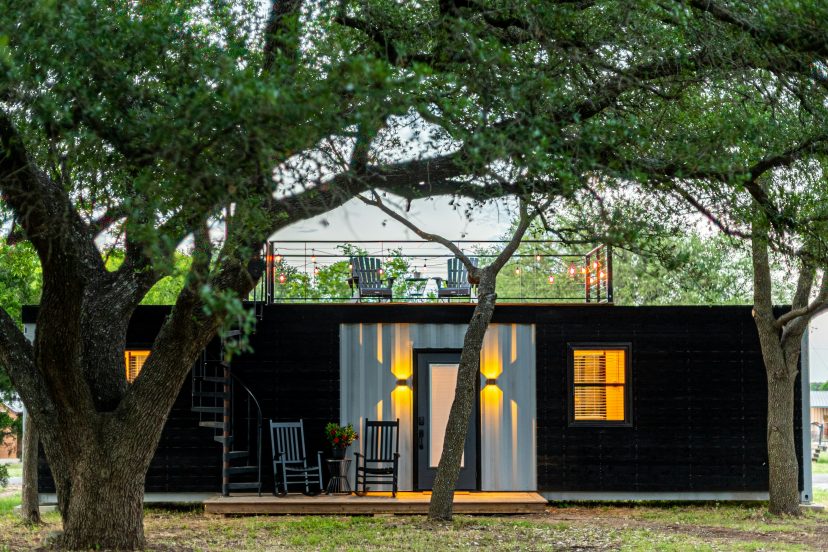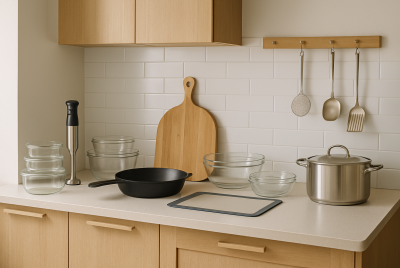Sustainable Containers Homes: A Smarter Way to Live Green
We may earn a commission for purchases made using our links. Please see our disclosure to learn more.
Traditional homes demand large footprints, heavy resource use, and often more space than we truly need. As more people recognize the environmental and financial toll of conventional living, the desire for sustainable alternatives is growing. It’s frustrating to feel stuck in a system that prioritizes excess over efficiency—especially when greener, smarter options exist. Sustainable containers homes offer a refreshing solution: they repurpose retired steel shipping containers into modern, compact, energy-efficient dwellings that align with eco-conscious values. Whether you’re building off-grid or right in your backyard, this minimalist lifestyle shift delivers both freedom and sustainability—with a design aesthetic that stands out.
Why Choose a Sustainable Containers Homes?
Container homes blend creativity, functionality, and environmental stewardship. They provide a fresh perspective on homeownership—one that is scalable, efficient, and considerably more adaptable than traditional building.
1. Eco-Friendly Construction
One of the most eco-friendly aspects is giving new life to decommissioned shipping containers that might otherwise go to waste. According to a life cycle assessment of shipping container homes, these builds significantly reduce construction waste, carbon emissions, and demand for new raw materials. In fact, repurposing a single container can prevent nearly 3,500 kg of CO₂ emissions and save over 2,000 kg of steel.
By choosing a container over fresh framing materials or concrete, you actively reduce your environmental effect from the start. When paired with solar panels and repurposed interiors, the potential for sustainability grows exponentially.
2. Budget-Friendly Housing
Container houses are often much cheaper than conventional residences. A basic single-container unit can cost between $25,000 and $40,000, depending on size and finish. Even more extensive multi-container configurations are sometimes far less expensive than typical housing—especially if you do some of the construction yourself.
You also save long-term by incorporating energy-efficient systems and off-grid technologies like solar and composting toilets, which reduce utility bills to almost nothing.

3. Quick and Modular Builds
Because containers are already built structures, construction time is drastically reduced. Once permits and planning are complete, your home can be ready in under 3 months in some cases.
They’re also highly modular. Want to start with one unit and expand later? Stack them, connect them, or configure them however you like. This flexibility is perfect for growing families or evolving living needs.
4. Small Footprint, Big Impact
These homes naturally encourage a minimalist mindset. Every square foot must be used with intention. That means less energy, less clutter, and more mindfulness in how you live day to day.
And with smart design choices—such as passive solar layouts and proper insulation—container homes can be surprisingly energy efficient. A recent energy performance study of container homes in southern Europe showed that optimizing container orientation and insulation can reduce energy demand by up to 10%, thanks to passive solar heat gain and natural ventilation strategies.
Must-Have Features of a Sustainable Containers Homes
Successful sustainable containers homes balances form and function—and that includes addressing climate, efficiency, and comfort.
Insulation That Works
Containers are made of steel, which absorbs heat quickly and doesn’t hold it well. Without insulation, you’d feel like you’re living in an oven or a freezer. Eco-friendly insulation options include:
- Recycled denim or cotton batts
- Sheep’s wool
- Cork panels
- Soy-based spray foam
The key is sealing the space tightly and combining insulation with smart ventilation.
Solar Power Ready
Solar is a no-brainer for container homes. It’s especially useful for off-grid builds. A beginner-friendly option is the ECO-WORTHY 200W Off-Grid Solar Panel Kit—easy to install and powerful enough for small appliances, lights, and device charging.
Water Conservation Systems
Add a rain barrel system with a filter diverter for collecting usable rainwater. Many homeowners pair this with greywater recycling to reuse sink and shower water for toilet flushing or irrigation.
Energy-Efficient Appliances
Keep the energy load light with:
- Induction cooktops
- Compact refrigerators
- Tankless water heaters
- Low-flow toilets and showerheads
Look for Energy Star certified appliances to reduce overall consumption.
Essentials for Your Sustainable Container Home
Here are a few smart products to make your container home more eco-friendly, functional, and stylish:
ECO-WORTHY 200W Solar Panel Kit
Ideal for powering small appliances, lights, and devices.
👉 View on Amazon
Smart Power Strip with Energy Monitoring
Helps you track and cut phantom energy use.
👉 View on Amazon
Rain Barrel Water Collection System
Capture and reuse rainwater with a built-in filter diverter.
👉 View on Amazon
EVOLVE Eco-friendly Paint & Primer
Non-toxic and odorless—safe for indoor use.
👉 View on Amazon
Alpcour Portable Toilet
Great for off-grid setups; odorless and easy to use.
👉 View on Amazon
Getting Started: Your Container Home Roadmap
Planning your first container home may seem daunting, but with the right roadmap, you’ll be ready to build smart and sustainably.
Step 1: Check Local Zoning & Permits
Before you buy anything, check if container homes are allowed in your area. Some municipalities have strict zoning laws or building codes you’ll need to follow. Don’t skip this step!
Step 2: Pick the Right Container(s)
Most homes are built using 20ft or 40ft containers. You can purchase used containers locally or through dealers online. Make sure they are “cargo-worthy” or “one-trip” grade—free from rust and chemical contamination.
Step 3: Design for Sustainability
Work with an architect who understands modular design or use software like SketchUp to plan your space. Incorporate:
- Passive solar orientation
- Natural airflow
- Shaded overhangs or decks
- Smart interior layouts
Step 4: Choose a Builder (or Go DIY)
If you’re handy and have the time, DIY is a rewarding path. Otherwise, look for contractors with container home experience. Prefab companies like Honomobo or Backcountry Containers offer pre-designed models.
Step 5: Equip Your Home to Be Green
Use smart lighting, solar panels, low-waste appliances, and natural materials throughout. Not only is it better for the environment—it also creates a healthier living space for you.

Common Challenges (And How to Handle Them)
Even sustainable homes come with learning curves. Here’s how to troubleshoot:
Rust and Moisture
Solution: Use marine-grade epoxy paint and elevate your container to prevent pooling water.
Temperature Extremes
Solution: Insulate thoroughly and install ventilation systems to control airflow and humidity.
Small Space Syndrome
Solution: Use loft beds, under-stair storage, and foldable furniture. Less is more!
Financing Hurdles
Solution: Look into personal loans, home equity lines, or eco-grants. Local credit unions may be more flexible than big banks.
Are Container Homes or Tiny Houses More Eco-Friendly?
| Feature | Container Home | Tiny House |
| Base Material | Recycled steel container | New or reclaimed lumber |
| Construction Time | Short (pre-built structure) | Moderate (built from scratch) |
| Durability | Extremely high (steel frame) | Varies depending on materials |
| Mobility | Less mobile unless retrofitted | Often built on wheels |
| Upcycling Potential | High | Medium to high |
While both are green options, container homes have an edge in structural durability and recycling benefits—especially if paired with eco-upgrades.
Final Thoughts
Sustainable containers homes offer a smart, eco-conscious way to live with less waste and more intention. They’re affordable, efficient, and packed with potential. And if you’re planning to work remotely, don’t miss this quick guide to a sustainable home office setup to complete your green living space. Your dream home and lifestyle might be closer than you think.
FAQs
1. Are container homes durable?
Yes, steel containers are built to withstand harsh marine conditions. When well-maintained and properly sealed, container homes can remain structurally sound for several decades—often 25 to 50 years or longer.
2. Is It Legal to Use a Shipping Container as a Full-Time Residence?
In many places, yes—but it depends on your local zoning laws and building codes. Always check before building.
3. Do container homes hold value?
When built properly, they can appreciate just like traditional homes. Location, finish quality, and eco-features all influence resale value.
4. Can I make a container home fully off-grid?
Absolutely! With solar panels, compost toilets, and water collection systems, many container homes operate independently from the grid.
5. Are they safe in extreme weather?
With reinforcements and insulation, container homes are strong and weather-resistant. Proper design ensures they can handle cold, heat, and even storms.




